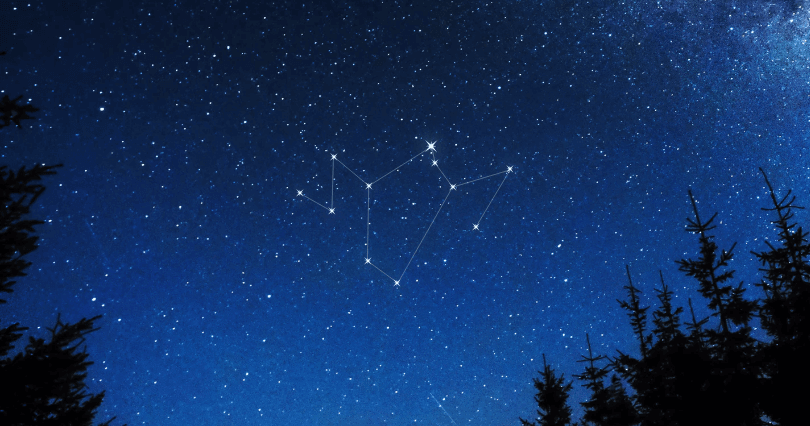Phoenix Constellation

Phoenix constellation is fainted constellation in the southern hemisphere and contains no stars brighter than magnitude 3.0. The constellation is named after the mythical bird that can burn and resurrect itself from its ashes. Phoenix constellation is linked to Egyptian mythology as well and it was associated with the bird that during the world’s creation sat on the primeval mound. This was described as the Sun God.
The constellation is shaped in the form of a flying bird and you can see it best around culmination at winter nights. The neighborhood constellations are Eridanus, Grus, Fornax, Sculptor and Tucana constellations.
At the end of the 16th century, a Dutch fleet went on a journey to the Spice Islands so the new trade relationships could be created. The fleet was in command of the captain Keyser, and during their journey, the positions of 135 stars were measured. Later on, they became included in the sky maps by Peter Plancius, and from this expedition, he recognized 12 new constellations. One of them was Phoenix constellation, or “Den voghel Fenicx” liked he called it. A few years after, the constellation was depicted at the Phoenix constellation in Bayman’s “Uranometria” in 1603.
How to find Phoenix constellation?
This constellation could easily be seen from South Africa and Australia during the southern hemisphere summer. Since it lies low in the sky, it is not that easy to be seen by anyone living north.
Phoenix is the 37th constellation in size, and it is set in the first quadrant of the southern hemisphere. It can be seen best at latitudes between +32° and -80°. This constellation is bordered by Tucana, Grus, Eridanus and Sculptor constellations.
Phoenix constellation is part of the Johann Bayer family of constellations, along with Apus, Dorado, Pavo, Hydrus, Indus, Musca, Chamaeleon, Volans constellations.
Major stars in Phoenix constellation
Phoenix constellation is home of several deep-sky objects like the Phoenix Cluster of galaxies, the black hole candidate HLX-1, and Robert’s Quartet, galaxy company group. This constellation contains 5 bright stars with its known planets and the brightest one is Ankaa or Alpha Phoenicis. There is one meteor shower linked to Phoenix constellation (the Phoenicids, happening every December 5th) and contains no Messier objects. Ankaa is the brightest star in the constellation and it is the Arabic al-‘anqā’, which is translated to “the phoenix.”
Mythology of the Phoenix constellation
Bird phoenix is known to Greek mythology as the sacred bird. Long before that, it was also known to many other civilizations like Roman, Arabic, Indian, Chinese, Persian and Egyptian. The bird was depicted as an eagle with gold, red and purple feathers, and a gold tail. Metamorphoses by Ovid said that the bird could live for half of the century and when it reaches the end, the phoenix would build a nest on the top of the palm tree, then ignite it and die in the fire. The nest was built from incense and cinnamon bark, and the new bird would be born from the fire according to this legend. After the young bird becomes strong enough, it will take the nest to the temple of Hyperion, the lord of the light.
In another version of this story, the new bird will bring the ashes of the dead in a shape of an egg to the city of Heliopolis – the name of this city is translated to ‘city of the sun’ in the Greek language.
Choose your package
-
Lifetime Entry in Star Catalog
-
Guaranteed visible from your location
-
Star Finder app access


-
Free & express shipping available
-
PDF Emailed in Seconds
-
Everything from a Standard Star package
-
Choose a Star Constellation
-
Easier to find in the Sky




-
Free & express shipping available
-
PDF Emailed in Seconds
-
Everything from a Standard Star package
-
Name Two Stars together
-
Extra bright and Unique 2-Star Pair






-
Free & express shipping available
-
PDF Emailed in Seconds



